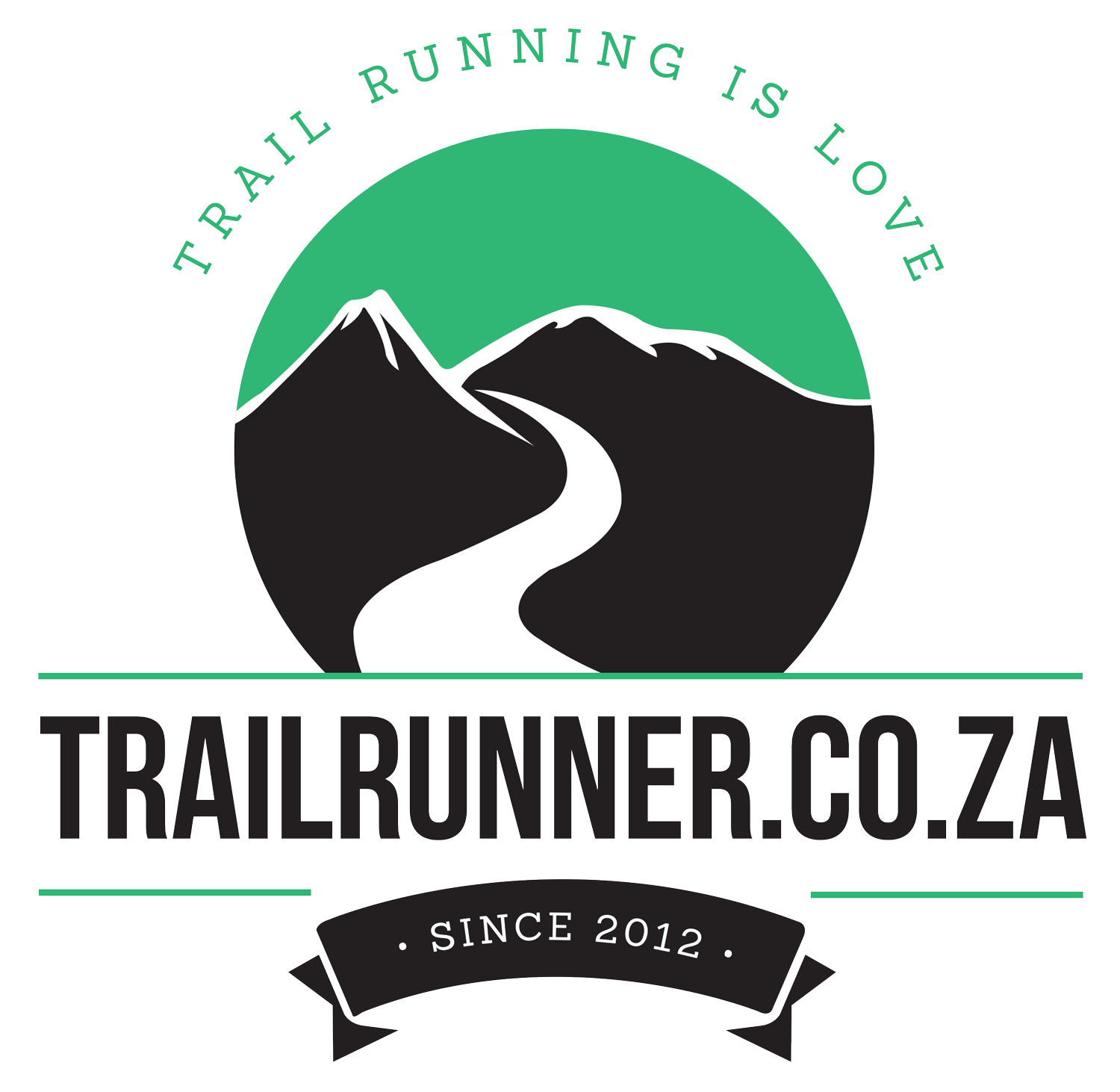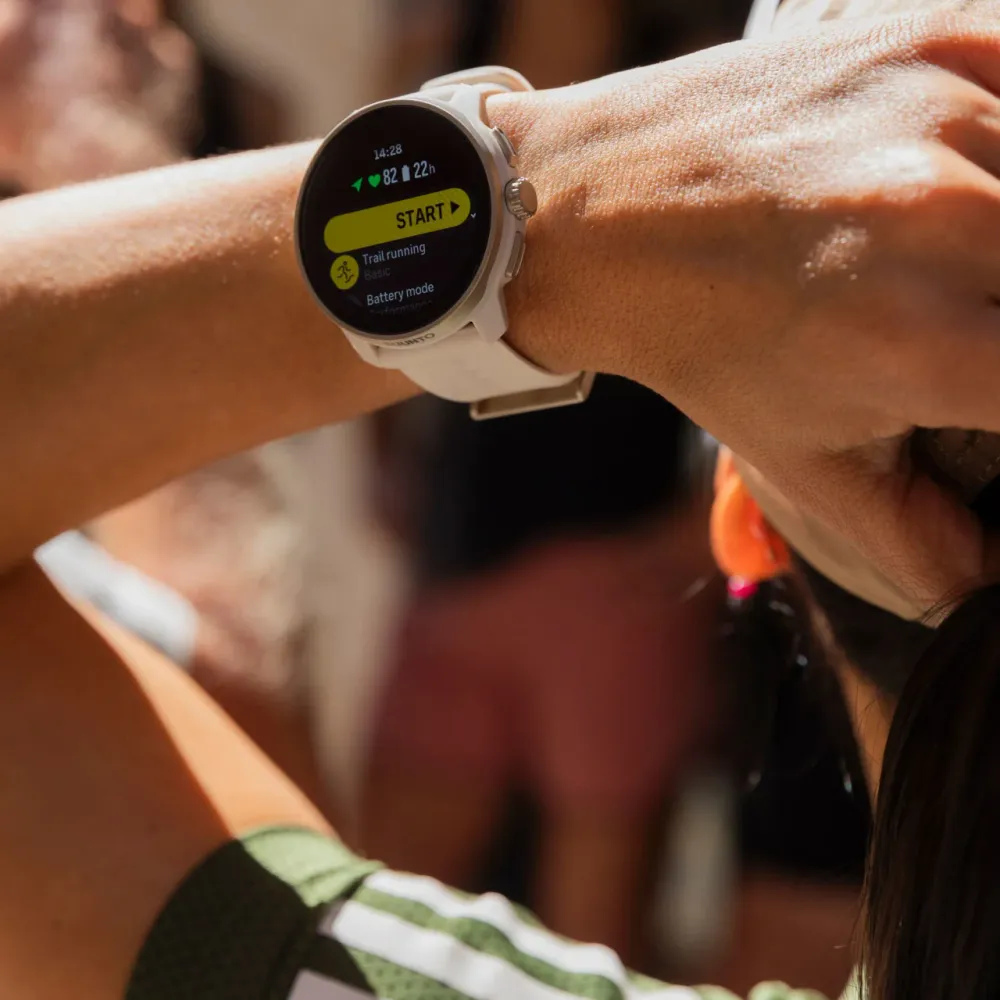I’m deep into my UTMB prep, and this week I’ve been fiddling with my training to find the right balance of volume and effort. My plan’s all about low-effort, high-volume running, and I’m using some great Suunto metrics to guide me. Here’s the deal on how I’m tweaking things, what I’m learning, and a few early wins that have me smiling.
The Low-Effort, High-Volume Game
Ultra-running training is a different beast. It’s not about hammering out fast splits; it’s about stacking time on your feet, especially in Zone 2 - heart rate around 115-138 bpm for me (180 minus your age is a good starting point), where you’re working but not puffing like a steam train. This builds the stamina for races like UTMB, where you’re out there for 30+ hours. I can’t up the effort without leaving Zone 2, so the only knob I can turn is volume - more kms, more runs, more prep for those alpine trails.
I started with 50km a week, which was a solid jump for someone who’s been off the trails for years. To track progress, I first tried heart rate variability (HRV) with my Apple Watch. Two weeks in, I switched to a Suunto Race S (love it), and the HRV readings were different to Apple and I needed time to get the accuracy up. So, I ditched HRV for now and went looking for something better.
Meet My New Friends: CTL, ATL, and TSB
That’s when I found the good stuff in the Suunto app, powered by TrainingPeaks: Chronic Training Load (CTL), Acute Training Load (ATL), and Training Stress Balance (TSB). Here’s what they do, in plain English:
- CTL: Your fitness level over time. It rises as you train consistently, showing you’re getting stronger.
- ATL: Your short-term fatigue. It spikes after big runs or heavy weeks, telling you how wiped you are.
- TSB: The key number - CTL minus ATL. Positive means you’re fresh; very negative means you’re overdoing it. The sweet spot for progress is -10 to -30, where you’re pushing enough to improve but not burning out.
When I checked my TSB, it was at -5 or -7 - too comfy. To get better, I needed to hit that -10 to -30 range, where the magic happens. My pace and VO2 Max weren’t improving as fast as I wanted, so I figured I wasn’t training hard enough.
Turning Up the Volume
To get my TSB into the sweet spot, I added more volume. I slotted in an extra 10km run and bumped two other runs by a couple of kms each. It worked - my TSB started dropping. Over the last four days, it hit -13, -18, -10, and -10. Today, after a fartlek session, I’m at -7, but I expect it’ll dip below -10 tomorrow since TSB updates a day later.
My plan is to keep TSB between -10 and -30 for three weeks, then take a lighter week where it’s just above -10 but still negative. That should drive progress without killing me. It’s early days, but I’m seeing some promising signs.
Early Progress and Good Vibes
The tweaks are paying off. This week’s fartlek - easy running with short, controlled speed bursts - was a win. My fast minutes were 20 seconds per km quicker than last week. My pace at 130 bpm is moving up, likely by 20s, and my long runs (20km and 18km back-to-back) are feeling less like a slog.
Is it the TSB adjustment? Maybe. I’m only a month into this, and building a base takes time, but the numbers are encouraging. I’m keeping a close eye on these metrics and will share more as I go.
Making It Work in Dubai
I’m in Dubai right now, which is about as trail-unfriendly as it gets - flat, hot, and sandy. I’m doing early morning beach runs and treadmill sessions to beat the heat. My weekly volume’s 57-65km, and I’m testing ultra-fuelling (200-300 kcal/hr with gels and electrolytes) to prep for race days.
This weekend, I’m back in London, hitting trails like Hampstead Heath for hills (not exactly the Alps, but it’ll do) and planning trips to the Surrey Hills and Peak District for proper elevation. I’m aiming for 80-90km weeks by December, a trail half-marathon in ~1:45, and a VO2 Max bump close to 50 (current around 45), all while keeping TSB in that sweet spot.
Takeaways for You
If you’re training for a big run or just getting back into it, here’s what’s working for me:
- Use data as a guide, not gospel. TSB’s handy, but listen to your body too. If you’re sore, take it easy.
- Volume’s your mate for ultras. Stack Zone 2 kays to build endurance. Don’t worry about speed yet.
- Small changes add up. A few extra kms shifted my TSB and sparked progress.
- Be patient. Gains come slowly. Celebrate little wins, like a faster fartlek or a stronger long run.
Join the Chat
Feel free to dive in to my training logs for more information and follow on on Strava or Instagram (@trailrunnerZA) for the day-to-day grind. Whether you’re chasing an ultra or just enjoying a jog, I’d love to hear from you.
Here’s to finding the right balance and running happy trails.
Cheers,
Kyle




